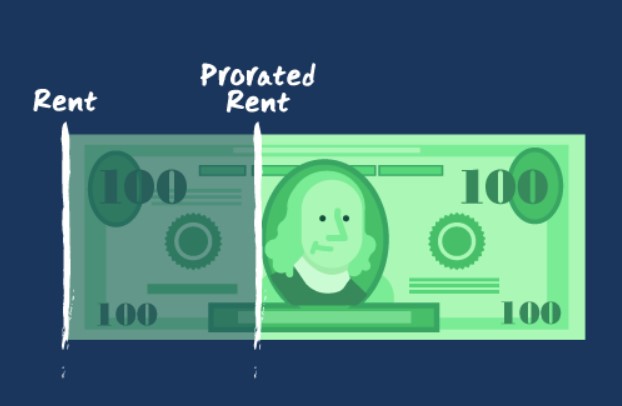
If you’re a property owner, you know that offering prorated rent can be beneficial for both you and your tenants. But what exactly is prorated rent, and how does it work? In this blog post, we’ll discuss what prorated rent is and why it can be beneficial to you as a property owner.
What is Prorated Rent?
Prorated rent means that residents will pay the full amount of their monthly rent on a specific date, regardless of when they move in or out. For example, if your tenant moves in mid-month, they will still owe the full amount of rent for the month. The difference between the regular rent payment and what has already been paid for that month is then split between the tenant and landlord at an agreed-upon rate. This type of payment structure gives both parties more flexibility and allows them to plan their finances accordingly.
Benefits of Prorated Rent
There are several benefits to offering prorated rent to your residents. First, it eliminates the need for complicated calculations each month when trying to figure out how much a tenant should pay for the remainder of the lease period. This means less time spent managing your rental properties and more time focusing on other tasks that require your attention. Additionally, offering prorated rent can help increase tenant satisfaction by providing them with more flexibility in terms of budgeting for their monthly expenses. Lastly, since many leases require tenants to pay a certain percentage of their security deposit upfront upon signing the lease agreement, offering prorated rent helps reduce this financial burden by allowing them to spread out payments over time without having to worry about paying large lump sums all at once.
How Does It Work?
In order to offer prorated rent, you will need to establish an agreement with your tenant regarding how much they should pay each month. Generally speaking, most landlords will calculate this amount by taking into account factors such as:
• How long the tenant has been living in the rental unit
• The total number of days remaining on their lease term
• The full amount due each month under regular renting conditions
Once these factors have been established, you can then determine how much each party should contribute towards that month’s total due amount. For example, if a tenant has been living in their unit for 10 days before moving out on day 30 of a 60-day lease period; they would be responsible for paying 50% (30/60) of the total amount due for that period—even though they moved out prior to its completion.
Prorating rental payments offers numerous benefits to both landlords and tenants alike by providing them with more flexible payment options while still ensuring that all payments are made in full each month according to established agreements between both parties. As long as there is an agreement set up beforehand regarding how much should be paid by each party under different scenarios—such as early move-outs or late move-ins—prorating rental payments can provide both landlords and tenants with peace of mind knowing that all amounts owed are being met without any complications or confusion along the way!

